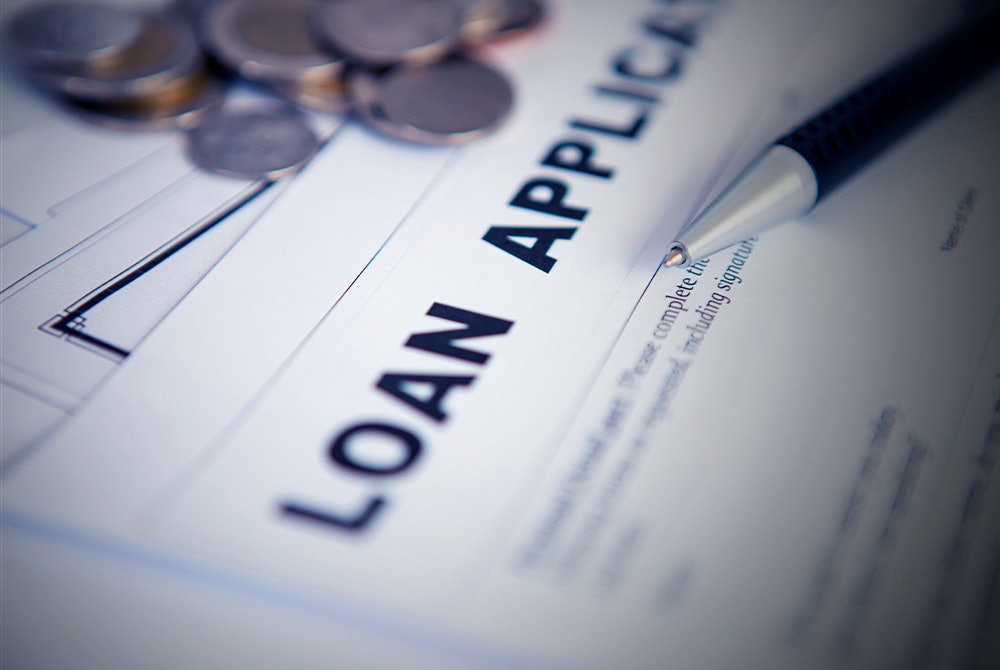While personal loans can ease your finances temporarily, it’s essential to budget out a monthly sum and pay them off on time so you can be debt-free.
Finances, money and numbers can get quite confusing but the first step to applying for a loan is to know how to calculate your personal loan eligibility. When paying back your loan, everyone wants to know how to reduce their personal loan EMI. But what exactly is that and how do you do it? Let’s break it down.
First step: How to calculate your personal loan eligibility
To start off, should you get a personal loan from banks or money lenders? Well, ultimately it’ll depend on your eligibility criteria. This differs depending on whether you’re borrowing from local banks or licensed money lenders.
After confirming your eligibility, you’ll want to shop around for loans and find out the personal loan EMI for each loan offer you obtain.
| Bank | Licensed Money Lender | |
| Borrowing sum | Up to 10 times monthly income | Up to 6 times monthly income |
| Credit assessment | Requires a good credit score | May not require a good credit score |
| Minimum income requirement (personal loan) | At least $20,000/year | Possible to get a loan with an income of less than $10,000/ year |
Banks
Banks have a minimum annual income requirement of $20,000 or $30,000 that you must meet.
Your allowed borrowing sum is calculated based on your monthly income. Banks usually offer loans that are 4 – 6 times your monthly income but this can also go up to 10 times if you earn at least $120,000 per year.
Take note the legal loan limit is capped at 12 times your monthly income and this includes the sum of your unsecured personal loans and credit facilities across all banks and financial institutions in Singapore.
Licensed money lenders
Licensed money lenders can provide loans to borrowers with an income of less than $10,000 annually.
The maximum money lenders can loan is 6 times your monthly income if you earn at least $20,000 per year. If your income is lower than $20,000, your borrowing sum will decrease.
An important takeaway: Your eligibility and borrowing sum can change depending on your credit history and existing loans. (Read up on MinLaw’s FAQ on borrowing from registered moneylenders to learn more.)
Some licensed money lenders will check your CBS credit report to get a better idea of all your existing financial liabilities before deciding on how much you can borrow or if you are even eligible to borrow!
What is a personal loan EMI?
EMI stands for equated monthly instalment. When taking up a loan, you will be given a personal loan EMI by your lender, which is the fixed monthly payment amount that you have to repay throughout your loan tenure.
The EMI includes the interest and principal amount so that you can fully pay off your loan by making these payments on a specific date each month.
How to calculate EMI for personal loans?
Calculating your EMI will be different if you take a loan from a bank versus a licensed money lender. Banks use a flat interest rate calculation while money lenders use a reducing interest rate calculation.
Here’s how to calculate EMI for personal loans depending on the financial institution you’re borrowing from:
Flat interest rate: For this approach, the same interest rate will be applied throughout your loan tenure. To get the personal loan EMI amount, you must first add the principal loan amount with the total interest charged on the loan. Divide this total sum by the number of months in your loan tenure. Voila, you’ll get your personal loan EMI.
Reducing interest rate: For this approach, even though your personal loan EMI remains the same throughout your loan tenure, the interest you have to pay every month reduces as you pay down your debt — interest is calculated based on your outstanding principal balance instead of the original loan amount.
Calculate EMI using a personal loan EMI calculator online
Calculating your EMI can get confusing but that’s exactly what a personal loan EMI calculator for Singapore loans can help you with. Understanding your personal loan EMI can help you clearly manage and budget your monthly finances, either on your own or with a platform like Planner Bee, or even put into perspective your repayment capacity. It also pushes you to adjust your loan amount and/or tenure —where needed— so your personal loan EMI sits comfortably within your means.
You can find loan EMI calculators online that give you the full breakdown of the loan you’re looking at.
Even when you’re comparing two different loans, the calculator will allow you to make a more informed decision before settling on one. For example, if the computed EMI is out of your comfort zone, this may encourage you to negotiate with your lender to extend the loan tenure so your EMI is reduced.
How to reduce your personal loan EMI?
If you find that your EMI is too high after using a loan EMI calculator online, you can consider various options that help reduce that figure. Here are the ways you can reduce your personal loan EMI:
Get a smaller loan
A surefire way to pay less every month is to opt for a smaller loan. If your financial means do not allow it, it’s best to stick to a small loan so repaying it won’t be too hard on your wallet.
Negotiate a lower interest rate
Reducing your interest rate will also lower your personal loan EMI. You can try negotiating with your lender by comparing interest rates with their competitors or emphasising your tricky financial situation.
Choose a longer loan tenure
Extending your loan repayment period can reduce your EMI but don’t make your loan tenure too long as the interest rate amount will accumulate. Besides, you don’t want to be paying way more in interest than your principal amount!
Repay more than the stated amount every month
This option is especially helpful for the reducing interest rate approach as your subsequent repayment amounts can be significantly reduced. However, check if your lender has early repayment penalties to avoid extra fees.
Conclusion
While getting a loan can help in various situations – there’s still potential risks involved for a personal loan if it’s not well-planned and budgeted beforehand. That’s why it’s important to understand your loan eligibility, borrowing limits and monthly payment amounts before biting the bullet.
Even if you’re in need of an urgent cash loan right now, it pays to first compare personal loans and not settle for the very first loan offer you get.

















